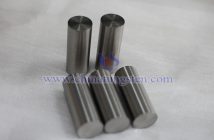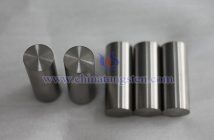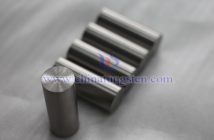Phosphorus element, as a typical harmful impurity in tungsten-nickel-iron alloy, is typically controlled to below 0.01%. Even in trace amounts, it influences the alloy’s mechanical properties, corrosion resistance, and processing stability through grain boundary segregation and compound precipitation.
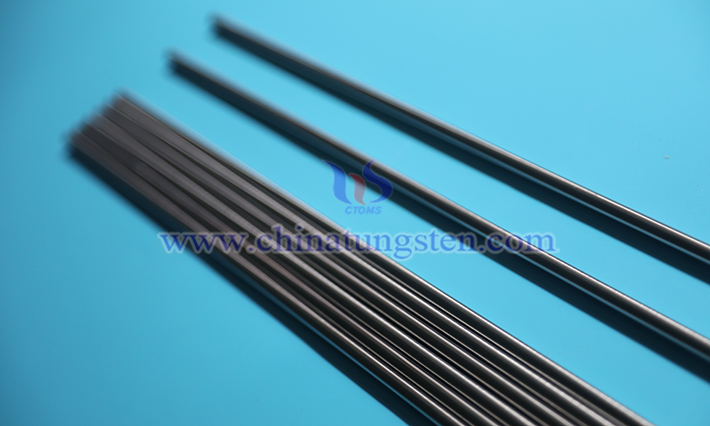
CTIA GROUP LTD Tungsten Nickel Iron Tungsten Alloy Picture
I. Forms of Phosphorus in Tungsten-Nickel-Iron Alloy
Comprising tungsten particles and a nickel-iron binder phase, tungsten-nickel-iron alloy contains phosphorus in three primary forms:
Solid Solution: A small amount of phosphorus can dissolve into the nickel-iron binder phase. Compound State: Excess phosphorus forms phosphides like Ni?P or Fe?P with nickel and iron, or precipitates at the tungsten particle-binder interface. Segregation State: As a typical "grain boundary enrichment element," phosphorus spontaneously diffuses to binder phase grain boundaries or tungsten-binder interfaces during sintering or cooling, forming phosphorus-rich layers.
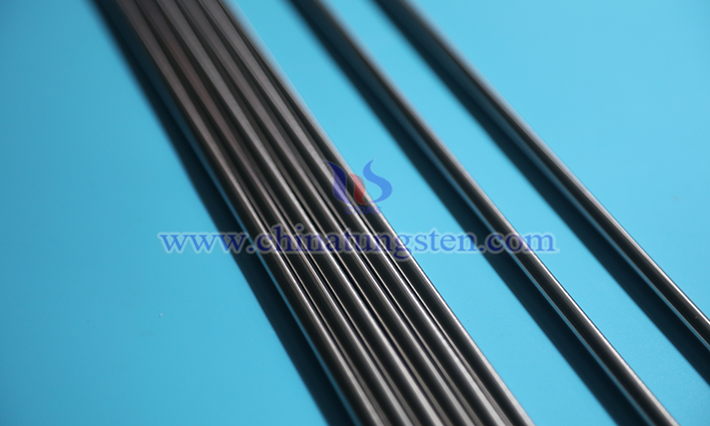
CTIA GROUP LTD Tungsten Nickel Iron Tungsten Alloy Picture
II. Impact of Phosphorus on Tungsten-Nickel-Iron Alloy Performance
Phosphorus degrades the alloy’s mechanical properties mainly through grain boundary weakening, with specific effects including:
Decrease in Impact Toughness and Plasticity: The alloy’s toughness relies on the binder phase’s plastic deformation capacity and the interfacial bonding strength between tungsten and the binder. Phosphorus segregation at grain boundaries reduces interfacial bonding energy, causing cracks to propagate preferentially along these boundaries. This embrittling effect is more pronounced at low temperatures. Dual Influence on Strength: Low phosphorus levels can slightly enhance binder phase strength via solid-solution strengthening, though this benefit is overshadowed by embrittlement. At higher phosphorus content, grain boundary embrittlement dominates, reducing tensile and yield strength while increasing strength variability due to random crack initiation along weakened grain boundaries.
The alloy’s corrosion resistance depends on the passivation film (NiO or Ni(OH)?) formed by nickel, but phosphorus disrupts this film’s continuity and accelerates localized corrosion:
Phosphorus enrichment at grain boundaries lowers local nickel content, hindering passivation film formation and creating anodic regions in corrosion cells. If phosphide inclusions are present, their electrode potential is lower than that of tungsten and the nickel-iron binder phase, forming micro-galvanic cells that lead to preferential dissolution of the surrounding nickel-iron phase, resulting in pitting corrosion.
Phosphorus also interferes with processing performance:
During liquid-phase sintering, phosphides melt early and penetrate along tungsten particle interfaces, causing abnormal liquid flow, "overheating," or "void" defects. In subsequent forging or rolling, phosphorus-induced grain boundary embrittlement increases the risk of intergranular cracking, especially under significant deformation.

